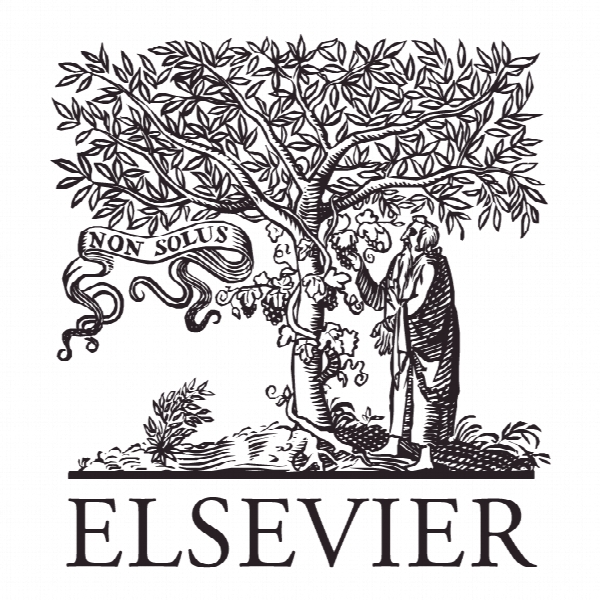یادگیری شبکه: یادگیری درون سازمانی به سوی یک هدف عملکرد جمعی Network learning: Episodes of interorganizational learning towards a collective performance goal
- نوع فایل : کتاب
- زبان : انگلیسی
- ناشر : Elsevier
- چاپ و سال / کشور: 2017
توضیحات
رشته های مرتبط مدیریت
گرایش های مرتبط مدیریت منابع انسانی
مجله مدیریت اروپایی – European Management Journal
دانشگاه گروه استراتژی و مدیریت منابع انسانی، وایکاتو، هامیلتون (نیوزیلند)
نشریه نشریه الزویر
گرایش های مرتبط مدیریت منابع انسانی
مجله مدیریت اروپایی – European Management Journal
دانشگاه گروه استراتژی و مدیریت منابع انسانی، وایکاتو، هامیلتون (نیوزیلند)
نشریه نشریه الزویر
Description
1. Introduction Small- and medium-sized firms, producer firms in particular, who enter an inter-firm network often perceive this as a key way to compete (Håkansson & Snehota, 2006; Tikkanen, 1998). Often these firms, who are essentially part of a global value chain (Bair & Palpacuer, 2015; Stringer, Hughes, Whittaker, & Haworth, 2016), consider their own resources in critical areas such as innovation, to be not entirely effective if they were to compete alone (MurtoKoivisto & Vesalainen, 1994; Tikkanen, 1998; Yli-Renko, Autio, & Tontti, 2002). The various network forms used to compete in this setting are conceptualized by the knowledge-based theory of networks as venues for knowledge exchange (Dyer & Hatch, 2006; Maskell, 2001; Phelps, 2010; Tallman, Jenkins, Henry, & Pinch, 2004; van Wijk, Jansen, & Lyles, 2008; Weck & Blomqvist, 2005), where resources, capabilities and knowledge are disseminated and circulated among members (Easterby-Smith, Lyles, & Tsang, 2008). As such, the focus in these networks has primarily been on uncovering the benefits of knowledge transfer (Jensen & Szulanski, 2007; Reagans & McEvily, 2003), rather than on how the learning process occurs at the network level. The process, involving the capacity of an organization (firm) to learn from others, is also referred to as organizational learning within a network (Easterby-Smith et al., 2008; Knight, 2002). Few studies have examined the collaborative processes firms engage in when learning as a network: a learning process where the network is the learner entity as a whole. Learning at the network level goes beyond the multiple learning processes that occur at the firm level in a network (Dyer & Nobeoka, 2000; Knight, 2002; Knight & Pye, 2004). How member firms engage in a network learning process and what coordination and regulatory mechanisms are required have received limited attention. In particular, little is known on the learning processes surrounding developing and addressing network-level performance goals (Kilduff & Tsai, 2003; Mariotti, 2012; Provan, Fish, & Sydow, 2007). There is a call for in-depth qualitative research in this general area (Knight & Pye, 2004; Mariotti, 2012; Phelps, Heidl, & Wadhwa, 2012). This study attempts to advance understanding on network learning by examining how do firms engage in network learning? and, how is network learning coordinated towards a performance goal in a horizontal inter-firm network? To gain a granular-level understanding of this process, we confine our focus to the farmto-process industry network in the New Zealand (NZ) dairyThis study attempts to advance understanding on network learning by examining how do firms engage in network learning? and, how is network learning coordinated towards a performance goal in a horizontal inter-firm network? To gain a granular-level understanding of this process, we confine our focus to the farmto-process industry network in the New Zealand (NZ) dairy


